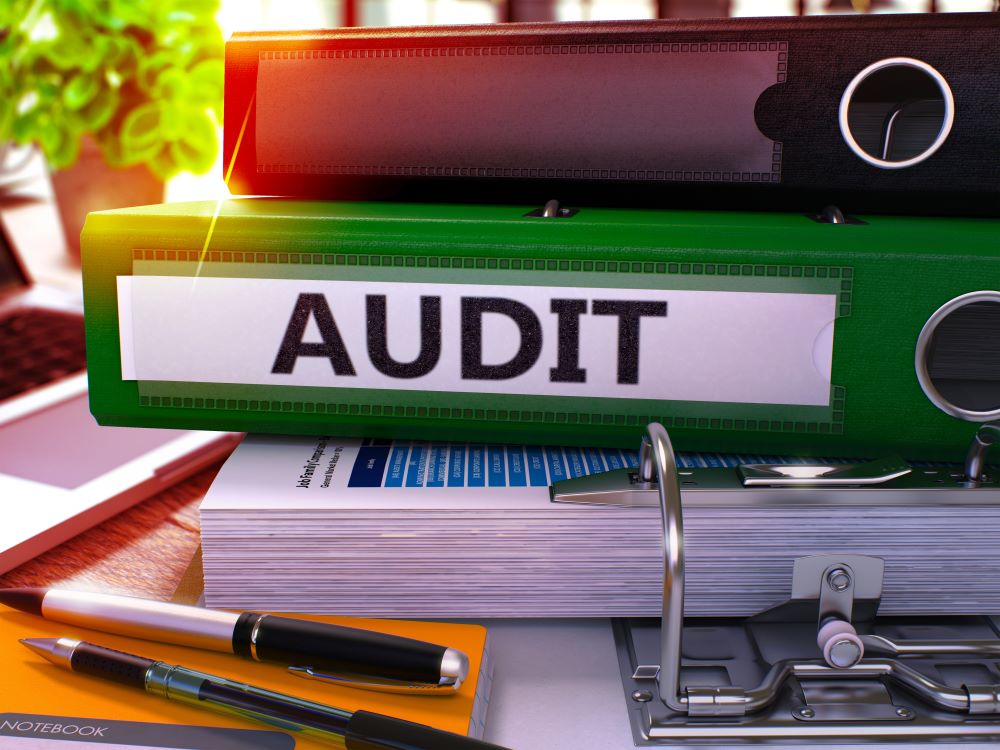Preparing for an Audit in a Virtual Environment

Angela Lawrence, Quality Control Coordinator at Klatzkin, contributed to this post.
The COVID-19 pandemic has affected nearly every aspect of daily life, so preparing for your company or nonprofit organization’s audit may have some significant differences this year, considering the remote environment that many of us are working in today. This post updates a previously published article regarding the important parts of preparing for an audit to account for the adjustments that might have to be made in light of the new remote work environment, including:
- Contact your auditor early and start establishing key dates and deadlines, particularly if business closures or adjusted work hours will affect the audit. After the audit begins, ask for regular updates, including during the fieldwork stage. If issues come up or the auditor needs additional documentation, you can see to it promptly. Communication will be as important as ever, before, during, and after your audit, especially if there’s a chance you may not see your auditor in person.
- Preparing Your Documents. Your auditor should give you a list of needed items or schedules and documents for you to prepare. You can start to compile some of this before your year-end, such as board minutes, contracts, and receipts. Examine the prior year’s adjustments with your auditor before closing out the books to make any additional necessary journal entries first. Go over the items-needed list to determine if there are no longer required things or if something new came up during the year that’s not reflected on the list. You may have provided documents in paper to your auditor; now, that may not be an option. Scan or obtain PDF copies of your documents and speak to your auditor about the best and safest way to electronically transfer them.
- Fieldwork. Some audits may require fieldwork, on-site inspections, or facility walk-throughs. Due to COVID-19 restrictions, this may be difficult or even impossible to do in person. Consider doing a virtual inspection, where the auditor can inspect a facility or view documents through a live stream. If the auditor needs to be on-site, take all necessary precautions and follow safety protocols. Keep in mind any workplace capacity restrictions or remote working schedules when the auditor is visiting, and be aware that they may need access to certain individuals who might not be there all the time. Make sure everyone is on the same page in terms of scheduling.
It’s essential to work together to ensure an efficient and productive audit, whether conducted in-person or virtually. Working with your auditor to begin early preparations can facilitate the process.
Contact Us
If you have any questions regarding virtual audits or need assistance with a tax or accounting-related issue, Klatzkin can help. For additional information, click here to contact us. We look forward to speaking with you soon.
©2021 Klatzkin & Company LLP. The above represents our best understanding and interpretation of the material covered as of this post’s date and does not constitute accounting, tax, or financial advice. Please consult your advisor concerning your specific situation.
